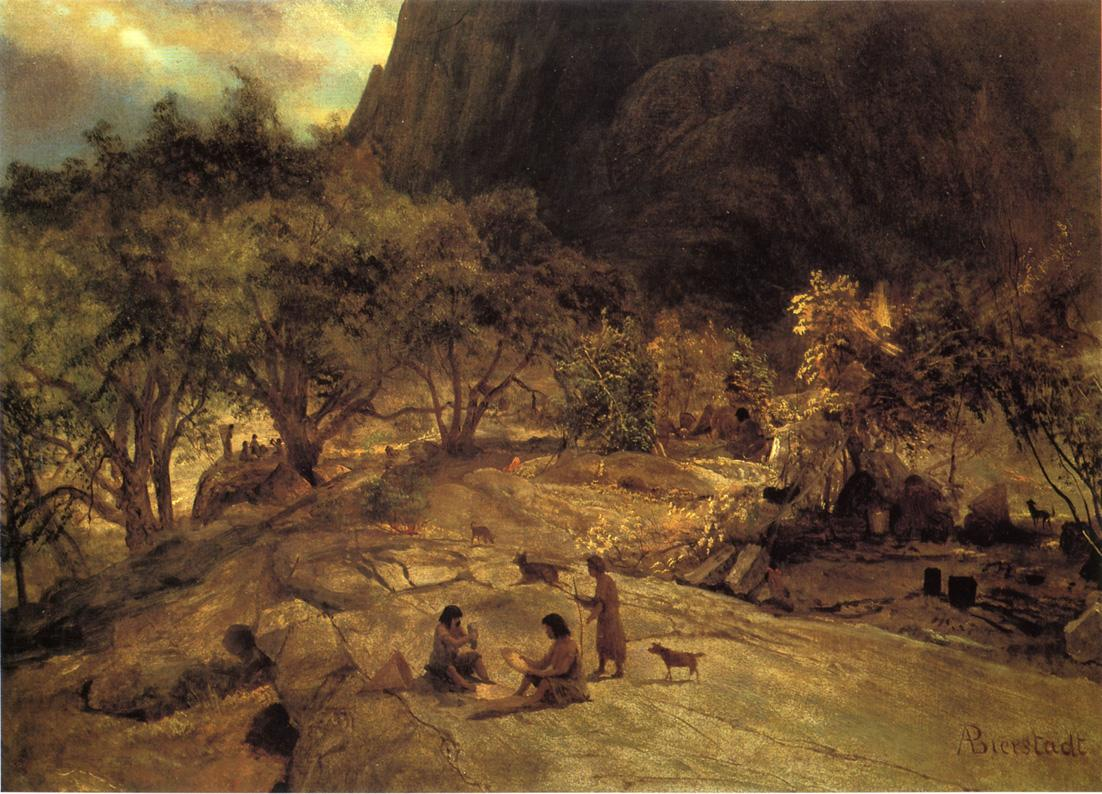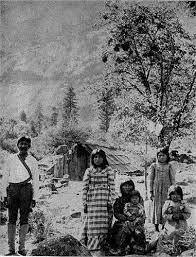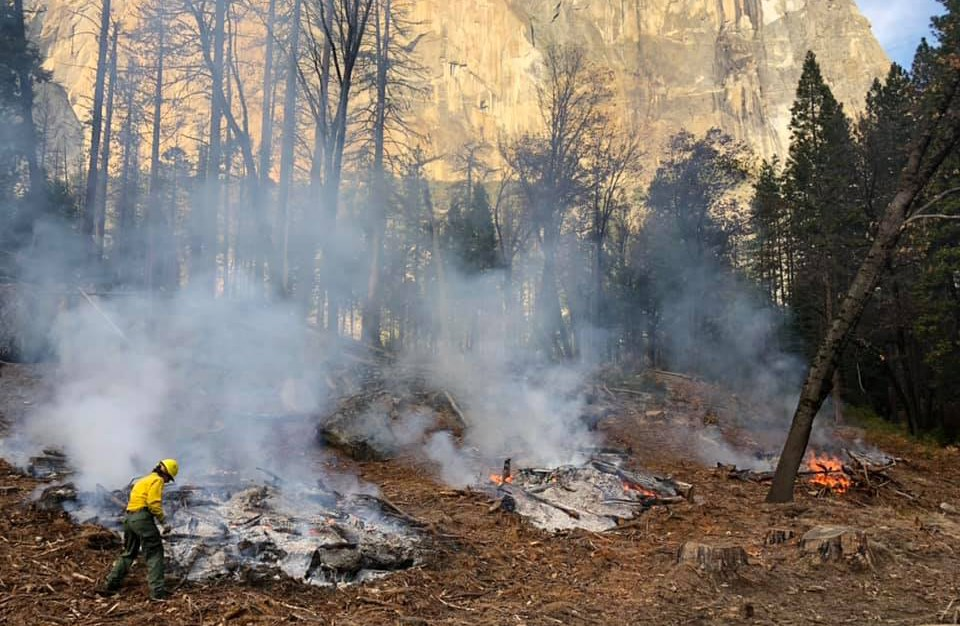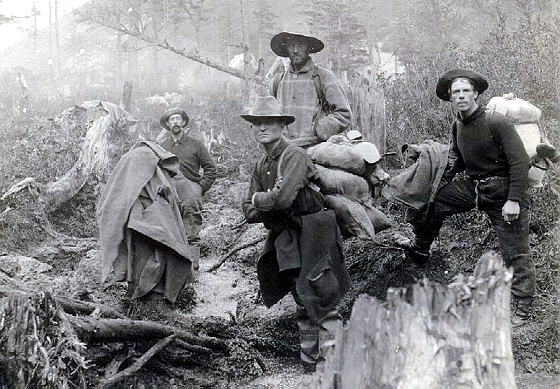Yosemite National Park
Yosemite is the 16th largest national park where wildlife will tend to hide from big crowds, but around 13,000 years ago when settlements had just begun to form, the land was prosperous. Yosemite is one of the three national parks belonging to the Sierra Nevada. Many tribes have walked the ground of Yosemite; the Tubatulabal primarily inhabited the high sierra and sequoia region but the Miwok took care of the land surrounding Yosemite. These people have lived there for thousands of years. Miwok became present in the area around AD 500 and remained during the Little Ice Age.

Miwok
The Miwok and other tribes are broadly referred to as the Awahnechee people. They created encampments in conical structures. Their homes were made from overlapping pine poles in order to resist wind, rain and insects. The scent of the cedar bark and bay leaves would keep away insects as well. The overlapping allowed insulation of the home and let them light small fires to conduct heat through out the home. Most families would keep a dog in their house, as they were a crucial asset and to Miwok life. Dogs could protect homes and food commodities from wild cats or other animals that would try to forage their resources. 
Miwok family of Yosemite
Miwok people would trade goods like sugar pine nuts, dried fish, dried tobacco, acrons, manzanita berries, animal skins and other vendibles with the Eastern Monache and Paiutes. Similarly to the Tubatulabal people, basket weaving had a prominent purpose in the tribe. Pile burning would replenish the vegetation of the park. It also now prevents more wildfires from occurring because there is less brush that can be set ablaze.

When the 1849 Gold Rush took place, Miwok people and other tribes were pushes from their settlements. Many were killed or left to starve because colonizers pillaged their resources. The people were relocated to cabins that were managed by the National Park Service. It was miraculous that any of their culture was salvaged. Despite the National Park Service maintaining the land under native practices, the tribes still do not get enough recognition or compensation for what they lost.


